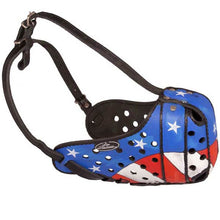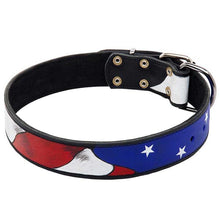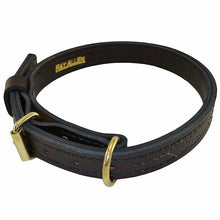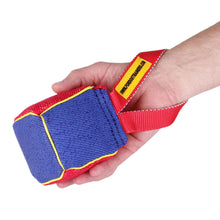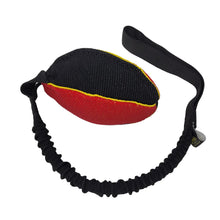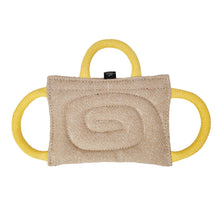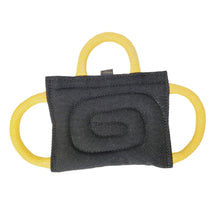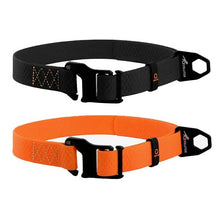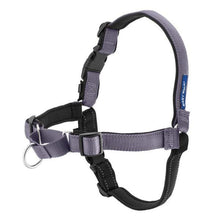7 Signs Your German Shepherd Is Overweight
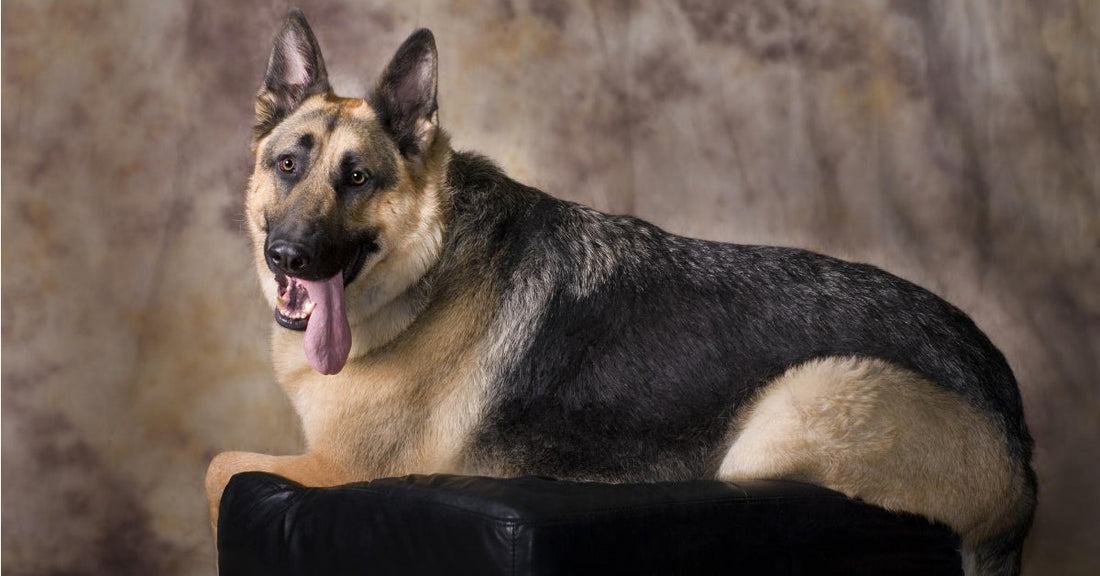
German shepherds are canine athletes that perform at their optimal potential when they maintain a healthy weight. Their perfect weight not only helps keep them active, it can protect them from injuring themselves due to their active lifestyle and help prevent some diseases.
According to the Association for Pet Obesity Prevention, 56% of dogs in the United States are overweight or obese. German shepherds are at risk for certain health problems that being overweight can exacerbate, such as hip, knee and elbow, and spine problems. Excess weight also contributes to health problems, such as:
- Diabetes
- Kidney disease
- High blood pressure
- Cancer
- Arthritis
- Inflammation
- Injuries
- Joint deterioration
- Heart disease
- Arthritis
- Respiratory problems
- Metabolic and endocrine disorders

According to the American Kennel Club, the German Shepherd dog size standard is:
Males: 24-26 inches; 65-90 pounds
Females: 22-24 inches; 50-70 pounds
So, how can you tell if your German shepherd is overweight?
1. They weigh too much for their body size
There are German shepherds that do weigh in higher than 90 pounds that are not overweight, they are simply oversized for the breed standard. But for the most part, your dog will fall into the standard set by the AKC. If your dog does weigh more, it’s time to take a good look to see if they are overweight or oversized. If you’re unsure, talk to your vet or keep reading.
2. Loss of an abdominal tuck and waistline
Your German shepherd should have a noticeable abdominal tuck. When looking down at their back, they should have an indentation at their waist. You should be able to feel the ribs without much pressure.

3. Layer of fat over their ribs and possibly other places on their body
Overweight dogs have lost their abdominal tuck and waist. The ribs are hidden under a layer of fat and are now hard to feel without pressure. There may be fat deposits above the tail and on the neck. These issues can be slight or extreme depending upon how overweight they are. This chart can help. Notice the abdominal tuck and note, column 5 is the ideal weight. Column 1 is very underweight. Column 9 is obese.

4. Can no longer groom with ease
German shepherds keep themselves well groomed. If your dog stops grooming themselves, they may be overweight or have an injury and can’t comfortably reach certain areas of their body. Your healthy German shepherd should be able to comfortably reach all their body parts and be able to keep them clean and groomed without much effort.
5. They looks like a barrel
German shepherds are athletic with graceful curves. If you notice your dog has lost their waistline, abdominal tuck, and is beginning to look like a barrel, they probably have put on a few extra pounds. If they begin to accumulate rolls anywhere on their body, they may have become obese.
6. They’ve lost some of their endurance
German shepherds are highly active dogs that love to run, play, and work. They begin to slow in their senior years but for most of their adulthood will require plenty of activity to keep them fit. If your dog has no health issues and isn’t a senior, they still should enjoy a good workout. If they begin to tire easily and also have other signs of being overweight, such as heavy breathing or struggling to keep up, they probably need to lose a few pounds. Lack of endurance could also be a signal they need to see the vet, who can also help guide you with a weight loss plan.

7. They have a lack of interest in activities they once loved
If your German shepherd suddenly loses motivation to do the things they love, it could be they’ve put on a few pounds and find it harder to enjoy life. Things like chasing a ball, patrolling their yard, and going to walks isn’t as fun when they’re carrying around extra weight. If your dog is not as excited to do the things they love take a close look to check to see if they may have gained weight.
So, what should you do if your dog looks a little pudgy?
The first thing you should do is verify you are feeding the correct calories for their life stage and activity level. Determine how many calories your dog requires a day and feed accordingly, rather than the feeding chart on the food, which may not be accurate.
If you’ve determined that they are getting the right calories, you may want to make an appointment with your vet to verify that there isn’t a health issue going on. Once you get the all clear, your vet can help guide you in a weight loss plan.
It’s important to not put your German shepherd on a rapid weight loss plan or crash diet because it can be life threatening. According to the Association for Obesity Prevention, “a dog can safely lose 1%-3% of its body weight per month.” However, losing weight isn’t easy or fast for dogs.

“Never put your dog on a crash diet. If you do, they can develop serious medical conditions, including a life-threatening form of liver failure that can occur in less than 72 hours.”
You can help your dog lose weight by feeding it a healthy diet intended for weight loss. There are some great weight loss foods on the market that can help your dog lose weight while continuing to get all the nutrients they need to stay healthy and be able to continue to do light exercise. These foods also generally help fill them up so they stay happy on their diet.
We hope this helps you keep your German shepherd fit and healthy. As always, please feel free to share with your friends.
You may also like: A Guide To The Best Foods For German Shepherds




